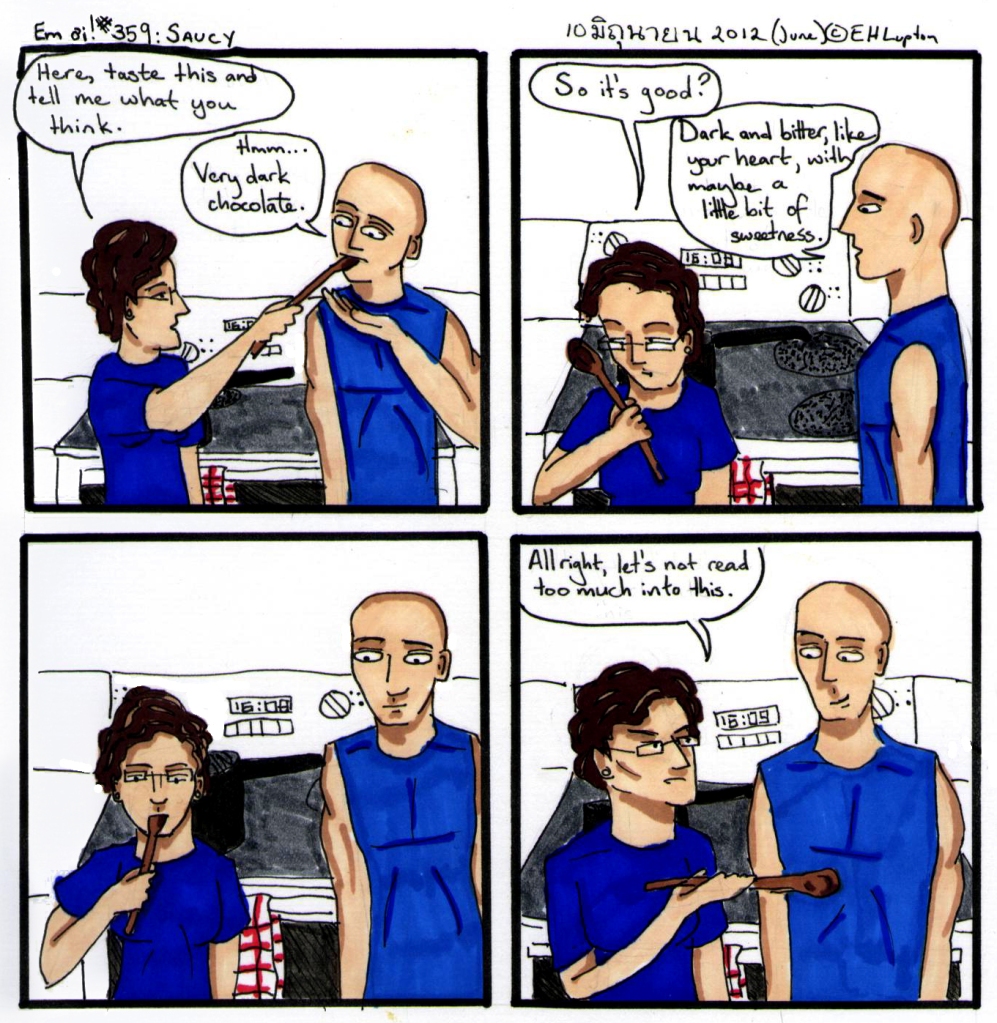
We’ll class this under TX767.C5 L86 2012, for Home economics–Cooking–Baking. Confectionery–Recipes for special food products, A-Z–Chocolate. The recipe in question I was making is here, on David Lebovitz’s blog. It’s fantastic.
And in case you were wondering, it turns out a bottle of corn syrup will last pretty much indefinitely.
A few things: the About page has been updated, as has the Index of Comics. I have also added a Frequently Unasked Questions page. If you have anything you’d like answered on it, please email me (ehluptonATgmailDOTcom).
***
Yesterday I did the 26th annual Verona Hometown Days 10k. Because I’ve been doing a lot of speed work lately, and have seen (or imagine that I have seen) my times get slightly better, I thought I would do a little 10k to see how I am doing. There is nothing like a good race to really show you where you’re at. But the problem is, I am training for a long bike ride, so I cannot exactly put that aside and taper for a week. So instead, my training schedule last week looked like this:
Sunday: 32.2 mi bike ride, 6.3 mi run.
Monday: 8 mi run
Tuesday: 6.1 mi run (AM), 4×1000@4 min (ha) plus warm up and cool down for a total of 4.5 mi (PM)
Wednesday: 10.2 mi run, yoga
Thursday: 34.9 mi bike (includes commute), weights
Friday: 31 mi bike, yoga, weights
Saturday: 46.5 mi bike
So is this the best way to taper? Right. So. Also I went to bed quite late on Saturday and got up early on Sunday, even though Verona is only about eight minutes from my house.
When I got up, surprise, my quads (which had been very tired the previous day) felt fine, and my calf muscles felt all right. B took the dog out and I went off to Verona, arriving around 7:30.
It was already on the warm side (about 70 degrees), although my “heat training” (I do Bikram-style yoga–really, I do hot vinyasa yoga; I will explain the difference sometime) meant that I wasn’t feeling it as much as I might otherwise have been. Instead of bibs, we were given little strips with our names and a colored sticker indicating age group. This proved to be helpful (somewhat) during the race–I quickly ascertained that my age group was marked with a pink circle.
Since I live and run in the area, I knew the first mile and a half would be pretty flat, then hills through to mile five, then mostly downhill to the finish. Accordingly, I planned to: Go out as hard as I could, try to keep my pace steady on the hills but run conservative uphills if necessary, then really push it on the last 1.2 miles. (This is basically my strategy for every race, actually: Run fast, don’t stop.) A book on racing that I’ve been reading says the key to a good 10k is to run strong intermediate miles–it’s easy to find motivation at the start and finish and easy to get distracted in between. So that was another key to my strategy: Don’t falter between miles 2.5-5.
At 7:45, they shouted “go” and we took off, right up a hill. I passed a speedy-looking woman with purple KT tape on her back and, arriving at the top of the hill, realized I was the second place woman and probably fifth or sixth runner overall. The other woman was somewhat ahead of me and seemed to be moving comfortably. Our pace for the first mile was 7:15, which is not sustainable (I was shooting for 7:30s). So I decided, instead of grinding it out at the start, to wait and see if she would over-extend herself later in the race.
At mile 1.5 or so, another woman in a Berkeley Running Co. shirt passed me, and I had to let her go, settling into third place as we turned to go up the big hill next to Verona Area High School. I could see that there were some people back there, but it wasn’t until mile 3, when we headed out Northern Lights Road for an out-and-back section that I realized how far ahead I really was. The turn-around confirmed that I was pretty far ahead of the next woman, and so I ran a bit more conservatively on the way back through this section, which was very hilly. At mile 5, 9 Mound Road was a bit hillier than I remembered, and I had to push to keep my times up. It was getting very hot by this point, and there was not a breath of air to be had. I could see one (older) gentleman ahead of me, and if I turned I could pick out a man in a bright yellow jersey behind me, but basically I was alone. So basically I held onto 3rd place until the finish, where it turned out that neither of the women ahead of me were in my age group (I’d known about the first place woman, but the second place woman wasn’t wearing her strip where I could see it).
I won my age group with a time of 48:21.03. My splits were: 7:15, 7:45, 7:48, 7:59, 8:04, 8:01, 7:36 (pace over last .2 mi). This is an overall pace of 7:48, or about 14 seconds/mile faster than a tempo 10k run I did two weeks ago at track practice. So I’m pretty satisfied, although it is about what one would expect given my last 5k time and the bad weather.
In terms of lessons, I wish I’d tapered a bit better, slept more, and that the weather had been better, or that I’d had more time for yoga lately because that might have helped too. But overall, a solid performance. And really, I was not going to catch the first two women, and the next woman was not going to catch me, so I ran about as fast as I needed to.

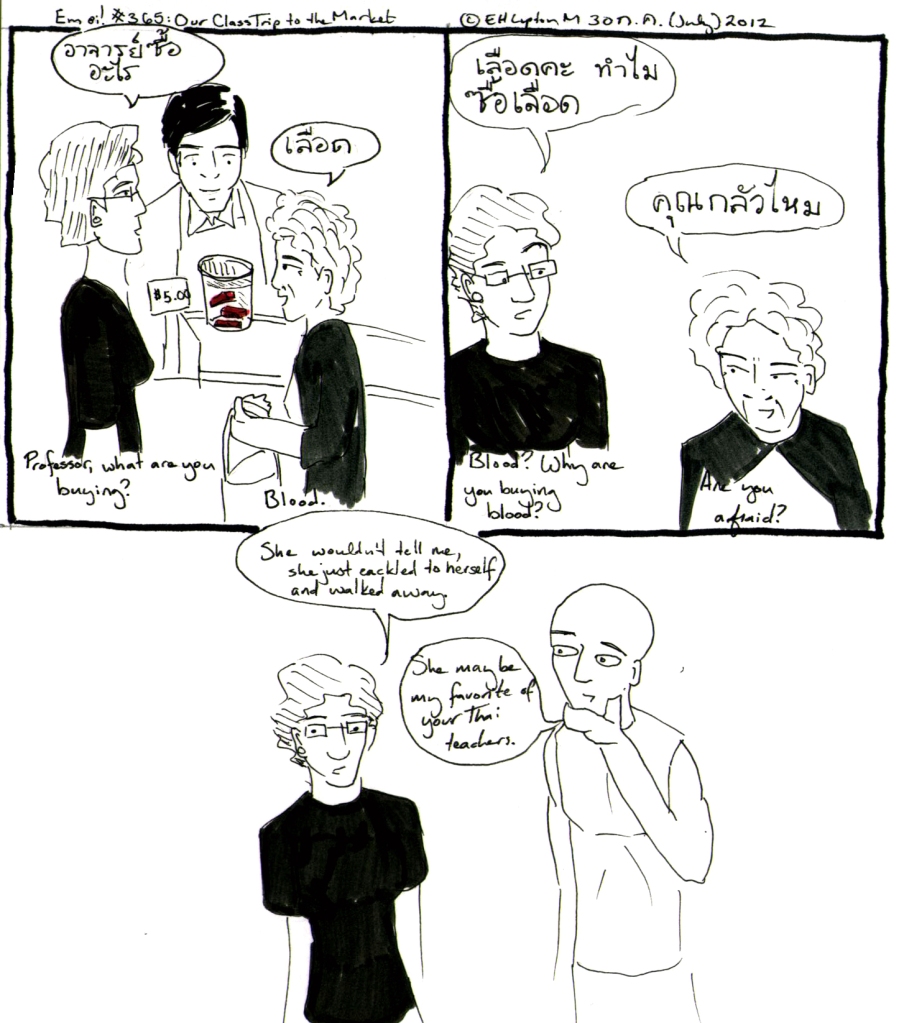
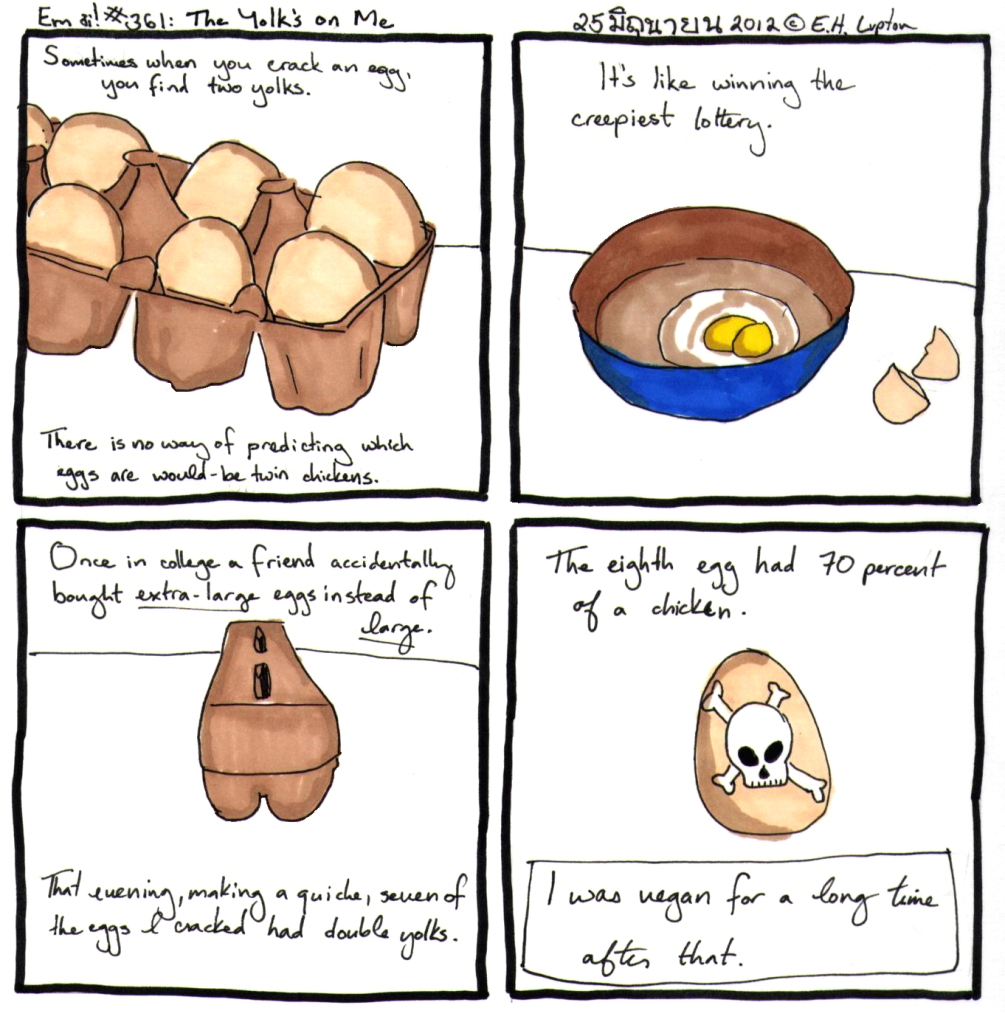

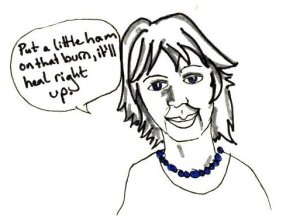
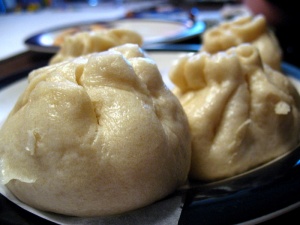

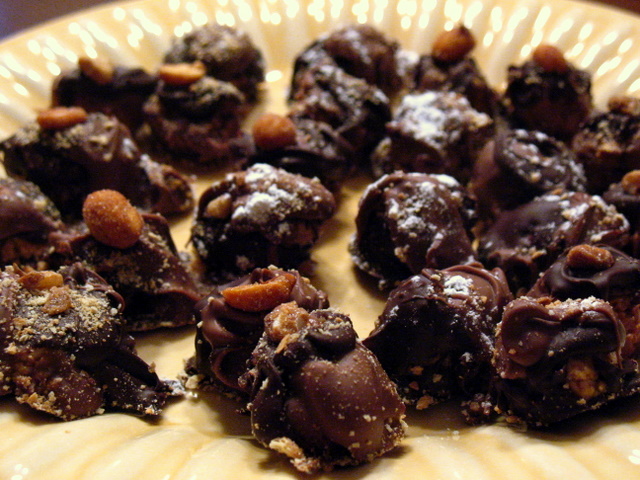 lems removing the truffles from the cookie sheet and putting them on a plate.
lems removing the truffles from the cookie sheet and putting them on a plate.